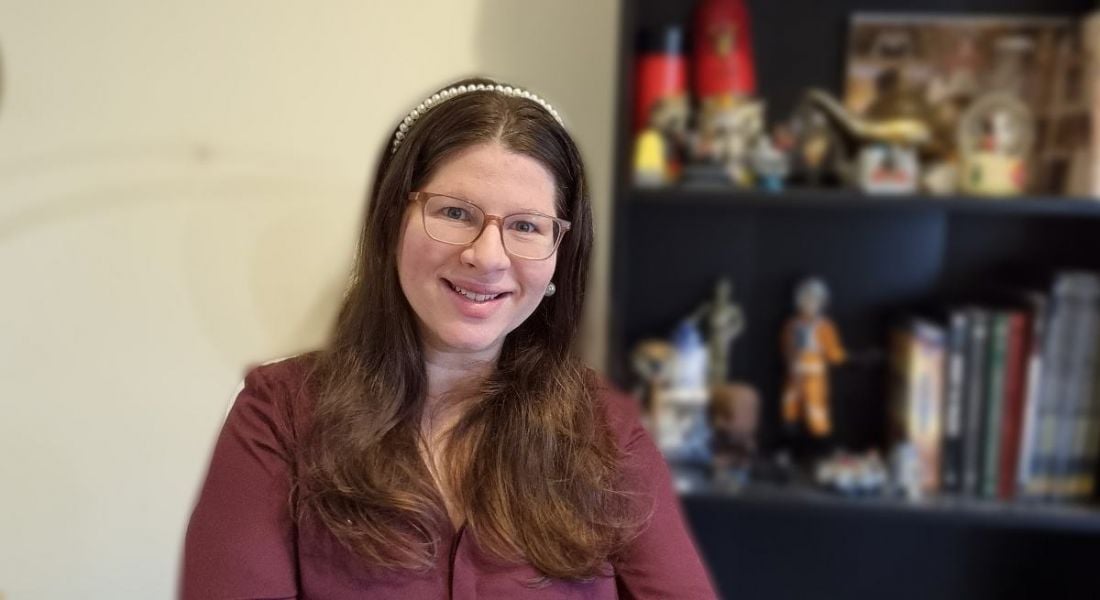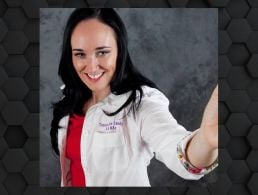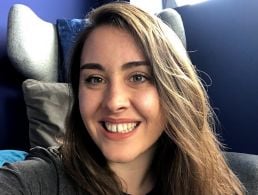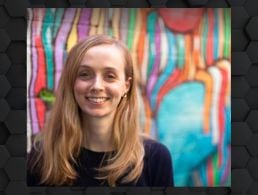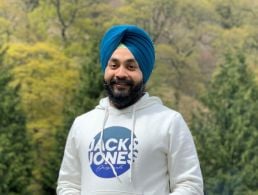Lara Chiappetta Lagioia came to tech from a communications background. Here, she shares her journey and talks about finding her passion.
While some people know straight away that they want to go into a career in tech, others discover it as an option after pursuing something else.
Lara Chiappetta Lagioia was studying journalism and was in her final year of college in Brazil when she realised she wanted to look for a qualification in something else. At the time, she and her husband had also decided to emigrate so she wanted a course that would open a career path anywhere in the world.
“Software engineering was the obvious choice, however coming from such a different background as communications, I wasn’t sure if I was going to like it and, more importantly, even doubted that I would have the skills to pursue it,” she told SiliconRepublic.com
“Nonetheless, I started taking online coding courses and really enjoyed it. I found the challenges I faced were actually fun and rewarding. That gave me the confidence I needed to choose IT for my next career move. So, when Ireland was chosen as our immigration destination, I applied to colleges in Dublin to further my studies.”
Chiappetta Lagioia looked for courses that included the chance of an internship in order to give her the opportunity to put her new skills into practice. She now works as a software engineer at Fidelity Investments.
‘Coming into software engineering, I had no idea how different each path was’
– LARA CHIAPPETTA LAGIOIA
What’s the best thing about working in software engineering?
The best part of my job is to solve problems – understanding what the requirements are and creating solutions. And, when creating these solutions, learning there are different ways to solve a problem and picking what is the most suitable path for each.
I also enjoy the learning and development opportunities which include but are not limited to formal training.
One experience I have is being part of Fidelity’s engineering community of practice (CoP). Being around like-minded and more experienced developers has helped me understand more advanced problems, expand my network and pick up different perspectives on solutions.
As part of these conversations within the engineering CoP I have helped set up a series of talks, the ‘engineering 101’ series, to cover a variety of complex topics from the basics, which is a way to share knowledge and help others advance in their careers.
What’s the most exciting development you’ve witnessed in your sector since you started working in it?
I’ve seen increasing support for developers starting their careers. There is massive demand for technologists and a lot of good talent looking to have their first industry experience.
In Fidelity, even as an intern, I was an active member of the team contributing to and supporting the different stages of the software development life cycle.
And during my time in Fidelity’s immersive technology graduate programme, Leap, having the instructor-led training followed by a project was also a very practical and effective way to learn and put into practice industry standards.
What’s been the hardest thing you’ve had to face in your career?
During my internship and during the Leap programme I was very lucky to have had a full-stack experience. I started working on front-end and had experience developing middle-tier services and databases.
Picking a path to focus on was very hard. Coming into software engineering, I had no idea how different each path was. I initially thought I wanted to focus on the back-end and that front-end was not for me. But, after having industry experience in both and following the opportunity to learn to develop in Angular, that completely changed. Now I am a front-end developer and I love it.
Having the opportunity in Fidelity to be exposed to different paths, being encouraged to experiment and be involved in different projects, learn to fail and recover and knowing that I work in a company that values associates moving laterally on their roles was an essential part allowing myself to find my path and follow my passion.
Has mentorship or coaching been important in your career?
Since I was an intern in Fidelity, I was offered to be part of the mentoring programme for female technologists and it was great to have someone who had been on a similar career journey to look up to, ask questions and get support from.
Besides this formal mentorship, my teammates are always willing to give very good coaching and help if needed.
I have also had incredible managers that I would also consider to be mentors, always looking out for me and my career, making me aspire and progress in my career.
If you had the power to change anything within the STEM sector, what would that be?
I would make it more widely known how diverse a career in STEM can be and that when choosing a career in technology, engineering is a great path but not the only one.
There are so many different possibilities – careers for analysts, quality assurance, product owners, scrum masters and project managers to name a few.
In particular for potential engineers, I thought you had to be a math genius to thrive. But, in my experience, that’s not true.
Which of your personality traits makes you best suited to your job and this sector?
I am naturally curious and communicative – asking a lot of questions is something I had to do in journalism but, surprisingly, also in technology. I also like a challenge, and there are plenty of those.
Is there something in your personal life that has helped you in your job?
Having my family’s support to change careers. It was daunting to think I would be a graduate at almost 30 years old.
Also, at the time I started studying technology I thought I wouldn’t use the skills I learned in journalism, but that was not true at all. And it’s not just asking questions as I mentioned before, but active listening, presenting, helping to write stories, explaining limitations, etc.
How do you make connections with others in the STEM community?
In Fidelity, I join internal talks to make connections and to know what other business units are doing. I also join events like hackathons and recently I was part of the winning team of the 2021 Fidelity Women In Technology Hackathon.
I am also part of a WhatsApp group of Brazilian women working or studying in the technology sector in Ireland.
What advice would you give to someone thinking about a career in technology?
A career in technology is exciting and ever changing – you have so many possibilities and it’s such a diverse industry.
Follow people that inspire you and take advantage of the many learning and development opportunities out there – courses, workshops, professional groups, communities of practice, conferences, volunteering.
I don’t regret changing courses and all of the resources I’ve been afforded while working at Fidelity have been important to advance in my career.
Don’t miss out on the knowledge you need to succeed. Sign up for the Daily Brief, Silicon Republic’s digest of need-to-know sci-tech news.
